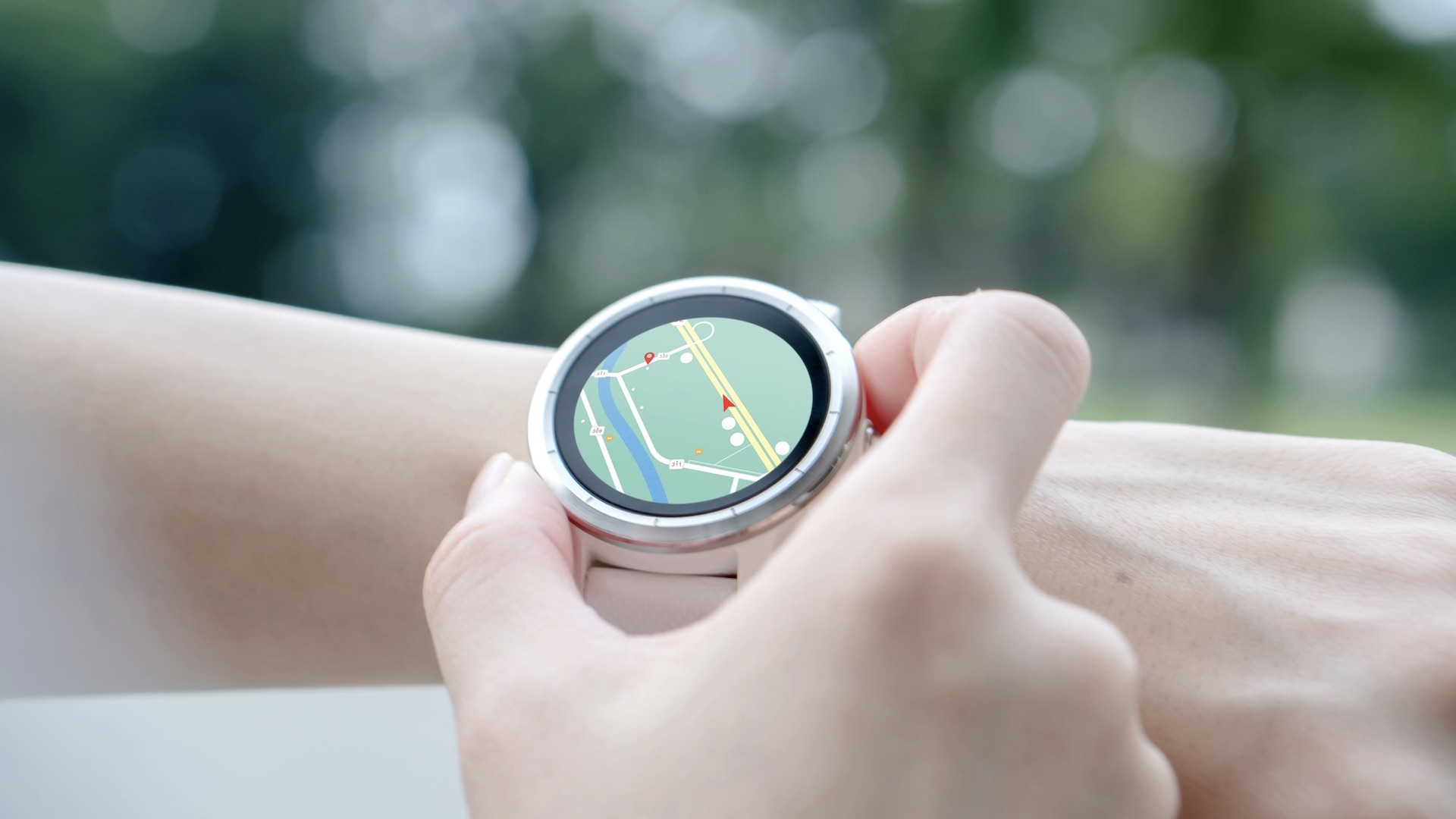Can you rely on a budget sports watch?
We take a look at the price of GPS watches for hikers and runners, and consider whether you can spend less

A sports watch is an important part of your kit, whatever your activity. For hikers and runners, in particular, a sports watch provides a vital tool for measuring and supporting your training and races. But the price of GPS sports watches varies hugely, from less than $200 to more than $1,000.
In our guide to the best GPS watches, our reviewer tested nine devices, from the cheapest, the Amazfit T-Rex 2, at just over $200 to the Garmin Enduro 2 at over $800. All the watches scored four or 4.5 out of a possible five stars, however there are different features to consider to determine whether each watch is the right choice for you and the right price.
We consider whether you can rely on a budget GPS sports watch.
What makes a sports watch so expensive?
There are a number of factors that make a GPS sports watch more expensive. To start with, brand can play a major role in price. The well-known names in GPS sports watches, such as Garmin watches and Suunto, as well as Apple, can push up the numbers on the price tag.
This is not to say that other brands are producing sub-standard watches, but simply that companies with a big reputation and tried-and-tested good quality can be more expensive.
The companies that take the time to research and develop their products may well charge more for sports watches. After all, it takes money to develop improved or different products.
Battery life can make a sports watch more expensive. As the years have gone by, the batteries have become smaller and the longevity of a battery on one charge has increased.
Advnture Newsletter
All the latest inspiration, tips and guides to help you plan your next Advnture!
You will often pay more for a sports watch with a battery that can keep going day after day and week after week. One of the best for this feature is the Garmin Enduro 2 that has, what our reviewer describes as, “an exceptional battery life”. Garmin reports a battery life in “sports” mode of 34 days (46 days with solar) and 110 hours (150 hours with solar) in GPS mode. You will need to pay around £799 for this watch, however.
Other features that make a GPS sports watch more expensive include GPS accuracy. A sports watch with GPS measures distance, pace, elevation through data received from a series of satellite networks that circulate above the earth. The basic explanation is that the watch calculates the time taken for radio signals from different satellites to reach it. It is generally a rule that more satellites that your watch can connect to the greater the accuracy. Some watches allow you to connect to more or fewer satellites and this level of technology can make the device more expensive.
Other details that can greater a pricier sports watch include the type of mapping, including OS style maps, different topology maps or simple breadcrumb mapping; the range of sports modes; health monitoring, such as VO2 max; how the watch measures elevation (an altimeter or GPS); what the watch is made of; the weight of the watch; colour, size and style options; communication alerts; waterproof or water-resistant; and touchscreen or push button all affect the price.
A newly launched product will generally be more expensive than an older model, too, especially if it has been designed with new or more advanced features.

Do you even need an expensive sports watch for your activities?
Whether you need an an expensive sports watch or not will depend on what activities you do or the range of actives you enjoy – as well as the accuracy you demand. Of course, the expensive or budget are lso subjective terms and will mean different things to different people.
Safety can play an important part in choosing a sports watch. If you like to get off the beaten track and sometimes for days at a time, you'll need a GPS watch with good battery life and the ability to track where you are. Good mapping could be important to you, too. These features are likely to increase the price of a watch.
Likewise, if you’re an ultra runner you will probably favour a long battery life and the ability you navigate within your watch. People who focus on sport as a larger part of their life, might also look for a watch that can offer more complex training and racing data. In this case, you might also want to pay more for a watch with better GPS and tracking features.
In contrast, if you use your watch only for shorter walks or runs where you already know where you are going and GPS is for keeping track of the miles and pace, rather than as a navigational tool, you could probably buy a cheaper less sophisticated watch.
Most modern GPS sports watches come with a long list of sport and activity modes as standard, but if you are focused on one sport, such as open water swimming, mountain hiking, diving, or ultra running, you will find watches that are geared more towards that activity. In this case, some of the these watches may prove to be pricier.
The Garmin Enduro is a good example. It is aimed at longer distance runners – and walkers – and has technology to appeal to people taking part in these sports, such as excellent satellite connection, an altimeter for elevation data accuracy, a long-life battery and mapping.
The key to deciding whether you need a more expensive watch, or whether a cheaper version is for you, is to be honest with yourself about how much you will make use of the watch and what extent of accuracy, navigation and battery life you need.
If you are considering a new watch, it’s worth looking at the previous model, which is likely to be be cheaper, to see if you really do need what the upgraded model is offering.

Which brands can you recommend for budget sports watches?
In our review round ups of GPS sports watches, the cheapest device is the Amazfit T-Rex 2 at an RRP of £209 (often on sale for around £199) but still with a 4.5 score. The reviewer concluded this was the “best GPS watch for budget adventures”.
Reasons to buy the watch include the battery life, providing up to 10 days of performance in regular heavy usage, or up to 45 days in power-saver mode. This is far more than most of its rivals
It also boasts a bright and sharp OLED display, good navigational ability and a tough build. Although, it’s worth noting it didn’t score well for auto detection when you start a work out. The way around this is to make sure you manually start tracking a workout rather than relying on auto detection.
Another cheaper, but still highly rated, option is the Garmin Instinct sports watch. There are different versions of this from the more basic Instinct 2 with a RRP of £219.99, through the Instinct 2S Solar at £299.999, to the Instinct Crossover Solo - Tactical Edition at £449.99. Our reviewer checked out the Garmin Instinct 2X Solar at £399.99.
Note that the “X” and “S” refer to the larger or smaller size of the watches, while the solar means it has the ability to recharge via solar.
Positives of the Garmin Instinct 2X Solar, which scored 4 points, include a weight of 67g yet in a larger case that means the display is bigger and easier to see. The battery life is also described as “solid” and it has a “surprisingly bright” flashlight.
The negatives extended to “some loading times” and a lack of full mapping support.
Battery life is not as impressive as other mote expensive Garmin sports watches, such as the Fenix series and Enduro, but it is still decent and much longer than any of us could have hoped for at this price point some five years ago.
Coros is also a brand that is becoming more competitive in terms of functionality, yet still often sells for lower prices comparatively.
Is it worth buying a budget sports watch?
It is very much worth buying a more budget-friendly sports watch, although everyone’s idea of budget watch is different. You need to consider what you most desire from a watch and write a list of these points in order of preference.
If you are happy to sacrifice details such as lighter and more robust materials, like titanium, for hard-wearing plastic, and choose a watch that has a shorter batty life, the chances are you will still find a more budget friendly watch.
Remember, too, that sports watches are being updated and improved all the time so it might be that it’s better to buy a couple of cheaper watches over a span of a decade than one more expensive watch that you hope will keep up with new technology for a longer duration.

More tips for buying budget sports watches
Check out companies such as Amazfit and Coros that a not such big players compared to Garmin, Apple and Suunto.
Look at last season’s models or buy a reconditioned sports watch.
Second hand watches can also be a good option of you are sure you can trust the seller.
If you know the watch and model you want, try shopping around for cheaper prices.
Wait for special sale days, such as Black Friday deals, or for times of the year when companies ar keen to offer deals such as just after Christmas.

Fiona Russell is a widely published adventure journalist and blogger, better known as Fiona Outdoors. She is based in Scotland and is an all-round outdoors enthusiast with favorite activities including trail running, mountain walking, mountain biking, road cycling, triathlon and skiing (both downhill and backcountry). Aside from her own adventures, Fiona's biggest aim is to inspire others to enjoy getting outside and exploring, especially through her writing. She is also rarely seen without a running skort! Find out more at Fiona Outdoors.
